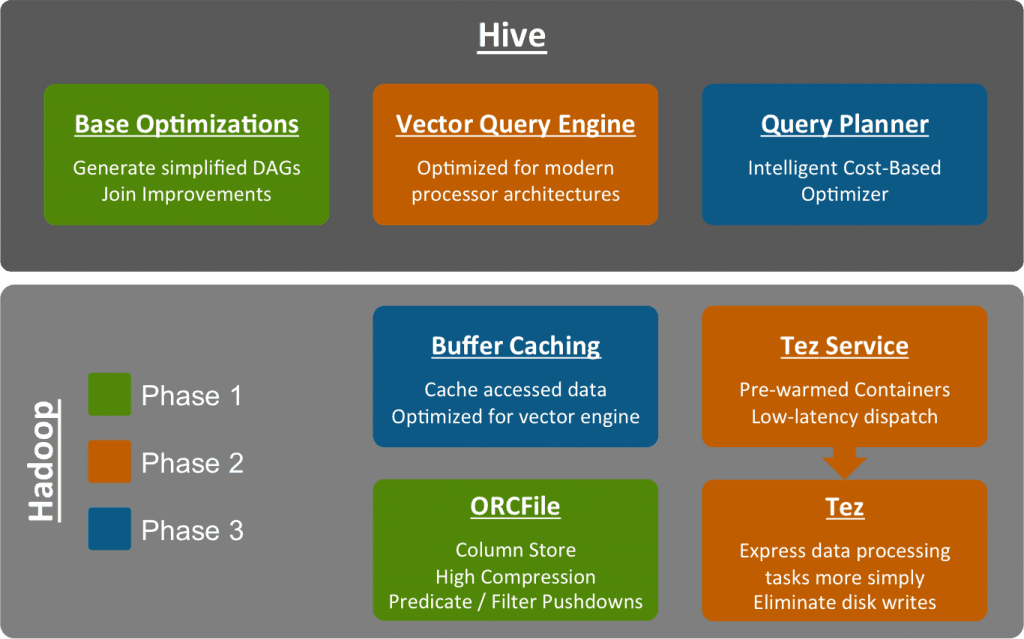PostgreSQL 9.3 released!
From the post:
The PostgreSQL Global Development Group announces the release of PostgreSQL 9.3, the latest version of the world’s leading open source relational database system. This release expands PostgreSQL’s reliability, availability, and ability to integrate with other databases. Users are already finding that they can build applications using version 9.3 which would not have been possible before.
“PostgreSQL 9.3 provides features that as an app developer I can use immediately: better JSON functionality, regular expression indexing, and easily federating databases with the Postgres foreign data wrapper. I have no idea how I completed projects without 9.3,” said Jonathan S. Katz, CTO of VenueBook.
From the what’s new page, an item of particular interest:
Writeable Foreign Tables:
“Foreign Data Wrappers” (FDW) were introduced in PostgreSQL 9.1, providing a way of accessing external data sources from within PostgreSQL using SQL. The original implementation was read-only, but 9.3 will enable write access as well, provided the individual FDW drivers have been updated to support this. At the time of writing, only the Redis and PostgreSQL drivers have write support (need to verify this).
I haven’t gotten through the documentation on FDW but for data integration it sounds quite helpful.
Assuming you document the semantics of the data you are writing back and forth. 😉
A use case for a topic map that spans both the local and “foreign” data source or separate topic maps for the local and “foreign” data source that can then be merged together.

